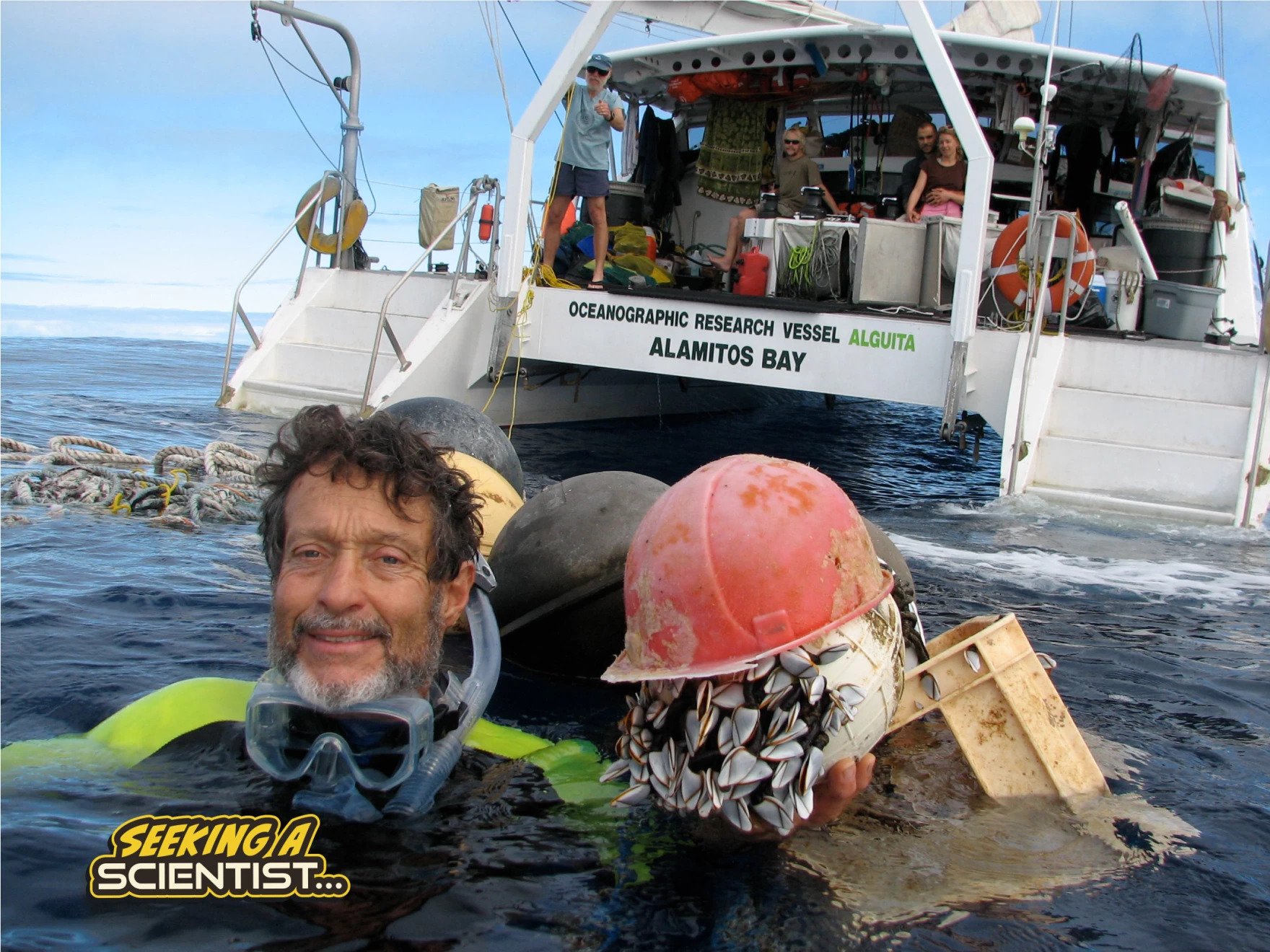The Great Pacific Garbage Patch's discoverer is continuously working to reduce ocean pollution.
Source: https://www.kcur.org/health/2023-05-03/ocean-pollution-plastic-great-pacific-garbage-patch-solutions
Author: Kate The Chemist, Suzanne Hogan
Growing up in Long Beach California, Captain Charles Moore quickly developed a love for the ocean. Moore’s father was a chemist and sailor who frequently took him and his siblings out on the Pacific. Moore fondly recalls their long conversations about science while they stared out into the water.
In 1997, Moore was on a sailing trip from Honolulu to Santa Barbara when hurricane winds blew him way off course. He stad noticing objects bobbing in the water, like coming across a plastic soup. Moore stad to play a game: Every 10 minutes, he’d come up to the deck to see if he could get a clear view of the ocean without any trash. Unfortunately, he never won.
“So I said, you know what, this has got to be more than just Hansel and Gretel leaving a trail of crumbs just for me to follow home. This is not what it is,” Moore recalls. “This is gotta be a bigger phenomenon.”What Moore discovered was the first of five large floating plastic debris zones in our oceans. The largest one is estimated to be a 620,000 square mile circle of trash, and all of the zones are increasing in magnitude every day.
Moore went on to found the Algalita Marine Research and Education organization in 1999, and he’s stayed at the forefront of what he calls the “Great Plastics Awakening,” to make people aware of this growing problem.According to marine biologist and ocean activist Danni Washington (who calls Captain Moore the O.G. of ocean advocacy), an estimated 4-12 million metric tons of plastic enter the ocean every year. That’s enough plastic to cover every foot of coastline on the planet.
Despite that, Washington says, “it’s not about doom and gloom.”“It’s not just about projecting this idea that we’re screwed. We have to design the future that we hope for, where we see equitable and regenerative solutions being brought to the forefront.”On the KCUR Studios podcast Seeking A Scientist, host Dr. Kate Biberdorf (aka Kate The Chemist) spoke to Moore about his research and what it means for marine life. And Washington shared the latest innovations and efforts to fix the damage that humans are causing to our oceans.

